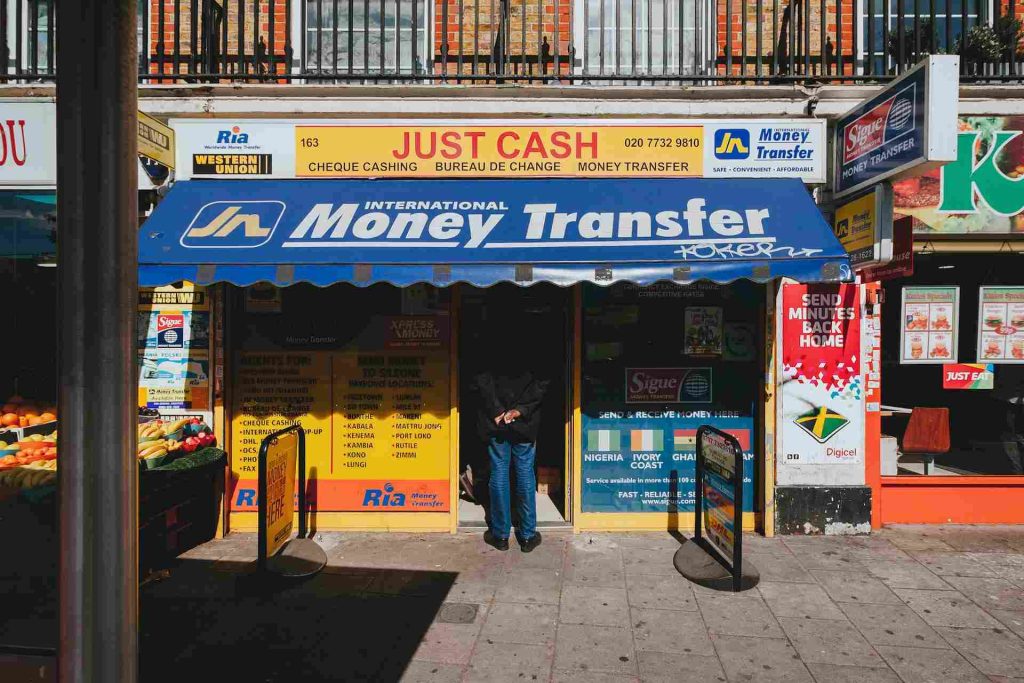International money transfers can be an expensive and complicated process, especially if you are not familiar with all the fees and charges involved. That’s why it’s important to do your research and find the best way to send money abroad. One option that has gained popularity in recent years is Instarem, a global money transfer platform that allows users to send and receive money in different currencies at competitive exchange rates. In this article, we will provide some tips on how to cut costs on international money transfers, including an Instarem review and its services.
Contents
- Examine all the fees (including the ones that are not upfront):
- Conversion charge or Currency Exchange Rate Margin
- Other fees
- Decide what issues for you
- Payment
- Availability
- Convenient
- Pay-in methods
- Pay-out methods
- Money pick-up
- Bank transfer
- Mobile Wallets
- Pay to cards
- Added suggestions to save cash on worldwide money transfers:
- Pay just for what your need
- Review a change in your behaviors
- Conclusion
Examine all the fees (including the ones that are not upfront):
Transfer Cost: The transfer cost is the fee that the money transfer service charges for processing the transaction. This fee can vary significantly depending on the amount of money you are sending, the destination country, and the payment method you are using. It’s important to compare the transfer fees of different money transfer companies and choose the one that offers the lowest cost.

Conversion charge or Currency Exchange Rate Margin
In addition to the transfer fee, you will also be charged a conversion fee or currency exchange rate margin when you send money abroad. This fee is applied to the exchange rate and can vary depending on the market rate and the money transfer company you are using. It’s important to compare the exchange rates of different money transfer companies and choose the one that offers the most competitive rate.
Other fees
There may be other fees involved in an international money transfer, such as intermediary bank fees, beneficiary bank fees, or tax fees. Make sure to check with the money transfer company and find out about all the fees that will be applied to your transaction.
Decide what issues for you
Once you have a clear understanding of all the fees involved in an international money transfer, you can decide what is most important to you. Do you want the lowest transfer fee or the most competitive exchange rate? Are you willing to pay extra for convenience or speed? Knowing your priorities will help you make an informed decision.
Payment
Payment methods can also affect the cost of an international money transfer. Some money transfer companies may offer lower fees for certain payment methods, such as bank transfers or debit card payments. It’s important to compare the fees for different payment methods and choose the one that is most cost-effective for you.
Availability
The availability of the money transfer service can also impact the cost of your transaction. Some money transfer companies may only operate in certain countries or offer limited hours of operation, which can make it more expensive or inconvenient to use their services.
Rate of transfer: The rate at which the money is transferred can also affect the cost of your transaction. Some money transfer companies offer higher transfer speeds for an additional fee, while others may offer lower fees for slower transfer speeds.
Convenient
Finally, consider the convenience of the money transfer service. Some companies may offer more convenient options, such as mobile apps or online platforms, which may be worth the additional cost if it saves you time and effort.
Find out about the different pay-in and also pay-out methods:
Pay-in methods
The pay-in method refers to how you fund your international money transfer. Several options are available, including bank transfers, debit card payments, and cash deposits. Each pay-in method has its own fees and limitations, so it’s important to compare the options and choose the one that is most convenient and cost-effective for you.
Pay-out methods
The pay-out method refers to the way you will receive the funds from your international money transfer. There are several options available, including:
Money pick-up
This option allows the recipient to pick up the funds from a designated location, such as a bank or money transfer company. This can be a convenient option if the recipient does not have a bank account or if the destination country has limited banking infrastructure. However, it is important to note that money pick-up services may have higher fees compared to other pay-out methods.
Bank transfer
This option allows the funds to be transferred directly to the recipient’s bank account. This can be a convenient and secure option, but it may be subject to bank fees and processing times.
Mobile Wallets
Mobile wallet services, such as PayPal or Venmo, allow users to transfer money instantly and securely using their mobile phones. This can be a convenient option, especially if both the sender and recipient have the same mobile wallet app. However, it is important to note that mobile wallet services may have fees for certain types of transactions.
Pay to cards
This option allows the funds to be transferred to a prepaid debit card, which can be used for online and in-store purchases. This can be a convenient option for recipients who do not have a bank account or prefer not to use cash. However, it is important to note that pay-to-card services may have fees for certain types of transactions or card maintenance.
Added suggestions to save cash on worldwide money transfers:
Pay just for what your need
When sending money abroad, it’s important to only pay for the services you actually need. If you don’t need a fast transfer, opt for a slower, cheaper option. If you don’t need a lot of customer support, choose a company with lower customer service fees. By only paying for what you need, you can save money on your international money transfer.
Review a change in your behaviors
Another way to save money on international money transfers is to review your behavior and see if there are any changes you can make. For example, if you are sending money abroad regularly, you may be able to negotiate a lower fee with the money transfer company. You may also be able to save money by sending larger amounts of money less frequently rather than sending smaller amounts more frequently.
Conclusion
International money transfers can be costly, but by researching and understanding all the fees involved, you can find ways to save money on your transactions. It’s important to compare the fees and exchange rates of different money transfer companies, choose the pay-in and pay-out methods that are most convenient and cost-effective for you, and only pay for the services you need. By following these tips, you can minimize the costs of your international money transfers and get the most value for your money.



